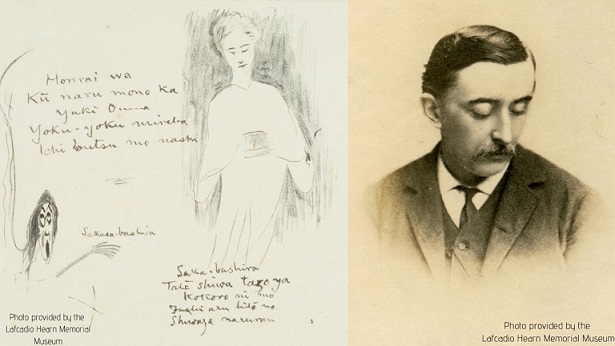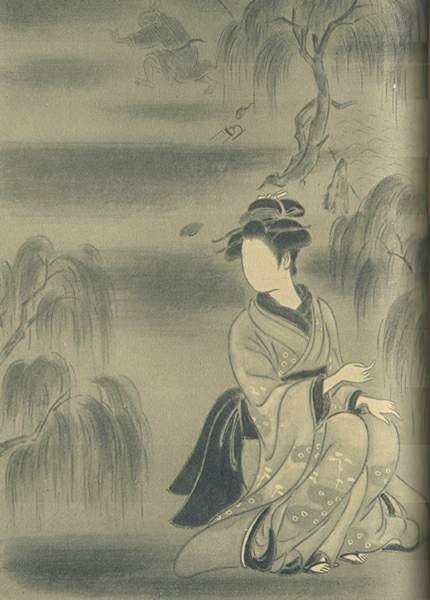It’s Halloween!
Pumpkins, ghosts, and black cats have become a regular sight every October in Japan ahead of Halloween, but did you know that this popular event originated in Ireland?

In some ways, Ireland (where our current Science Communication Fellow is from) and Japan are similar. They are both island nations, though on opposite sides of the world. Ireland and Japan also have another, spookier connection. Both countries have many ghostly stories and deep-rooted beliefs that the worlds of the living and the dead come into close contact at certain times of the year. In Japan, this is usually during Obon (in August) or the spring and autumn equinox. In Ireland this is at Halloween and the following All Saints Day.
Ireland has some well-known ghosts and fairies like the banshee and the selkie. Japan also has many spirits and otherworldly beings that have enjoyed a recent growth in popularity all over the world thanks, in part, to films like “The Ring” (Ringu) or “The Grudge” (Ju-On).
Surprisingly, one of the reasons Japanese yōkai (ghosts and fairies) are well known today was the result of one Greek/Irish man: Lafcadio Hearn (1850–1904). As one of the members of the SciCom Team said: “When I think of Japanese ghost stories, I think of Lafcadio Hearn”.

Lafcadio Hearn and his drawings showing the Yuki-Onna (snow-woman)
To find out more about this connection between these distant islands, we talked to Professor Hideki Kuwajima, of the Graduate School of Integrated Arts and Sciences, an expert in Irish Arts and History, including Lafcadio Hearn. Hearn collected ghost stories on his travels around Japan and documented them in his book: Kwaidan. Stories included a woman with no face (Mujina), a musician who had his ears cut off by samurai ghosts (Hoichi the Earless) and a ghost made of snow (Yuki-onna).
Many of these stories came from the Edo era of Japan when humans and nature were in closer contact than they would be today.
Hoichi the Earless being protected from spirits in the 1965 movie Kwaidan
Professor Kuwajima describes how many of these stories contain the idea of “metamorphosis” i.e. changing from one shape to another, like a caterpillar to a butterfly. This metamorphosis was usually from something in nature (an animal or object) changing into a person. Mujina (the faceless ghosts) share a name with a badger found in Japan and many tales describe animals as shapeshifters and tricksters. Some ghosts were also said to be the cause of natural disasters such as earthquakes and landslides. Natural imagery and spooky stories seem to go hand in hand.
Using the supernatural to explain natural events or taking inspiration from nature to create stories is not unique to Japan. Most cultures use stories to make sense of their surroundings. This practice is also very common in science communication! Many scientists or communicators use metaphors or allegories to explain a complicated topic to a general audience, like using the tale of Schrödinger’s cat to help make sense of quantum physics or using language like “Greenhouse gases” to explain why some emissions can contribute to global warming. Imagination is an important step to understanding.
Mujina, from Kwaidan (1932 edition) by Lafcadio Hearn.
Those interested in yōkai or Lafcadio Hearn can visit a museum dedicated to Hearn, the Director of which is his great-grandson! https://www.hearn-museum-matsue.jp/english.html. Thank you to the Lafcadio Hearn Memorial Museum and to Professor Kuwajima for the information and images provided in the article.
This article was originally published by Emma Buchet (Hiroshima University Science Communication Fellow) on October 31, 2019.





 Home
Home